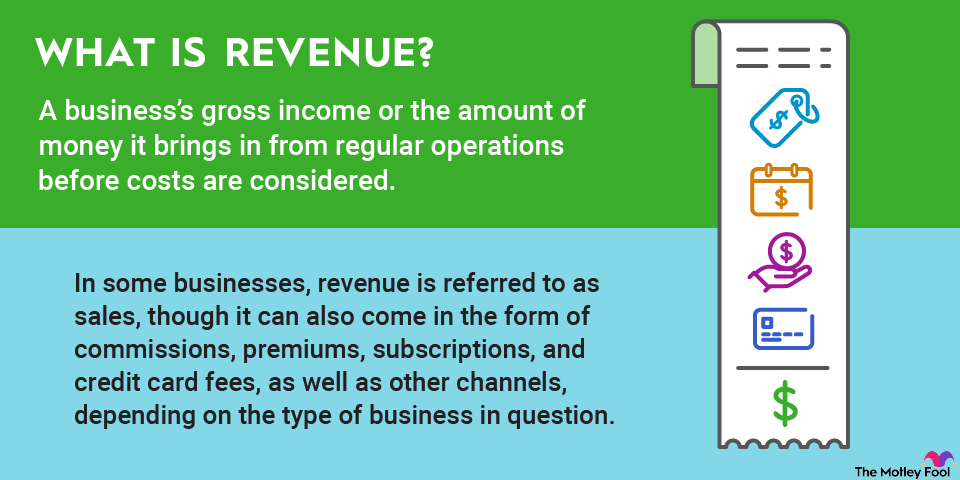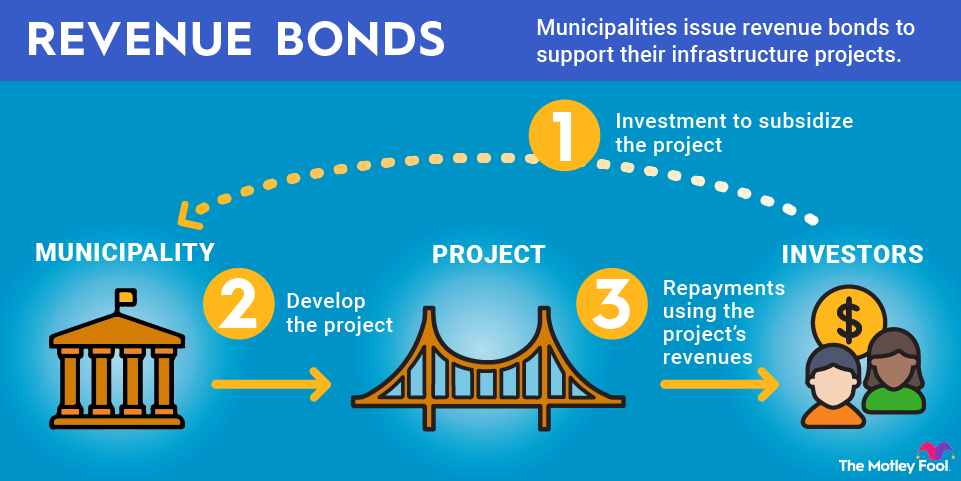The Fed uses the repo market to regulate the money supply and bank reserves, with the goal of promoting financial stability. The Fed buys securities to inject cash into the banking system. On the other side, the Fed sells securities (known as a reverse repo) to temporarily reduce liquidity.
For example, on Sept. 17, 2019, the overnight repo rate -- which had previously been hovering around 2.5% -- spiked to about 9%. The dramatic increase was largely attributed to two events, both of which had occurred on Sept. 16: Quarterly corporate taxes were due, and $54 billion of long-term Treasury debt settled. As a result, about $120 billion was drained from bank reserves in just two business days.
The Fed responded by offering up to $75 billion in daily repos for the rest of the week and increasing its daily lending while lowering its long-term lending to stabilize interest rates.



















